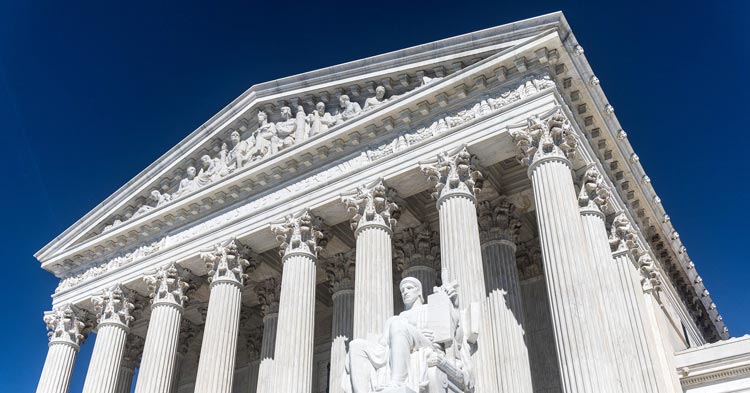Yesterday, the Supreme Court, in a 6 to 3 decision, ruled that Title VII of the Civil Rights Act of 1964 prohibits discrimination in employment against LGBT individuals. In a single day, millions of Americans were provided with protection under Title VII and employers must modify their conduct.
Before June 15, 2020, the rights of LGBT (lesbian, gay, bisexual, transgender) employees were governed by a patchwork of local ordinances, a handful of state laws and Federal Circuit Court decisions. Now, for all employers that employ fifteen (15) or more employees there is certainty.
Justice Neil Gorsuch, a Trump appointee, began the majority’s opinion as follows:
“Sometimes small gestures can have unexpected consequences. Major initiatives practically guarantee them. In our time, few pieces of federal legislation rank in significance with the Civil Rights Act of 1964. There, in Title VII, Congress outlawed discrimination in the workplace on the basis of race, color, religion, sex, or national origin. Today, we must decide whether an employer can fire someone simply for being homosexual or transgender. The answer is clear. An employer who fires an individual for being homosexual or transgender fires that person for traits or actions it would not have questioned in members of a different sex. Sex plays a necessary and undisguisable role in the decision, exactly what Title VII forbids.”
The basis of the majority’s opinion will be subject to debate in scholarly articles and in law schools for years to come. As for employers, however, there is nothing to debate, only action to be taken, because unless Congress passes a law, which a President signs, that explicitly excludes LGBT individuals from protection under Title VII, yesterday’s decision is the law.
What must employers with 15 or more employees do immediately:
- Stop discriminating against LGBT individuals/employees – this includes all aspects of the employment relationship, including hiring, promotion, discipline and termination. LGBT individuals are entitled to the same protection as any other protected class under Title VII.
- Train HR staff and front-line supervisors to identify discrimination in the workplace based on LGBT and to investigate any such complaints based on investigatory procedures already in place.
- Audit the workplace environment to ensure that there are no latent illustrations of LGBT discrimination, such as posters, stickers, pictures, etc…
What must employers do over the next several weeks:
- Update employee manuals and policies and procedures to include protection for LGBT employees.
- Hold a training session with employees and front-line supervisors to advise them of the LGBT protection and what is expected from the employees.
For employers with less than 15 employees, who were not already subject to a local/state law prohibiting LGBT discrimination, you should anticipate that the ruling will apply to you. Most state-based anti-discrimination statutes apply to smaller employers, e.g., the Pennsylvania Human Relations Act (“PHRA”) applies to employers with 4 or more employees. And, most courts that apply state-based anti-discrimination statutes look to the federal courts (and the U.S. Supreme Court) on how to apply the state statutes.
In PA, for instance, Pennsylvania courts apply the PHRA in accordance with Title VII. As such, any Pennsylvania business with between 4 and 14 employees should presume LGBT protections apply to their business.
